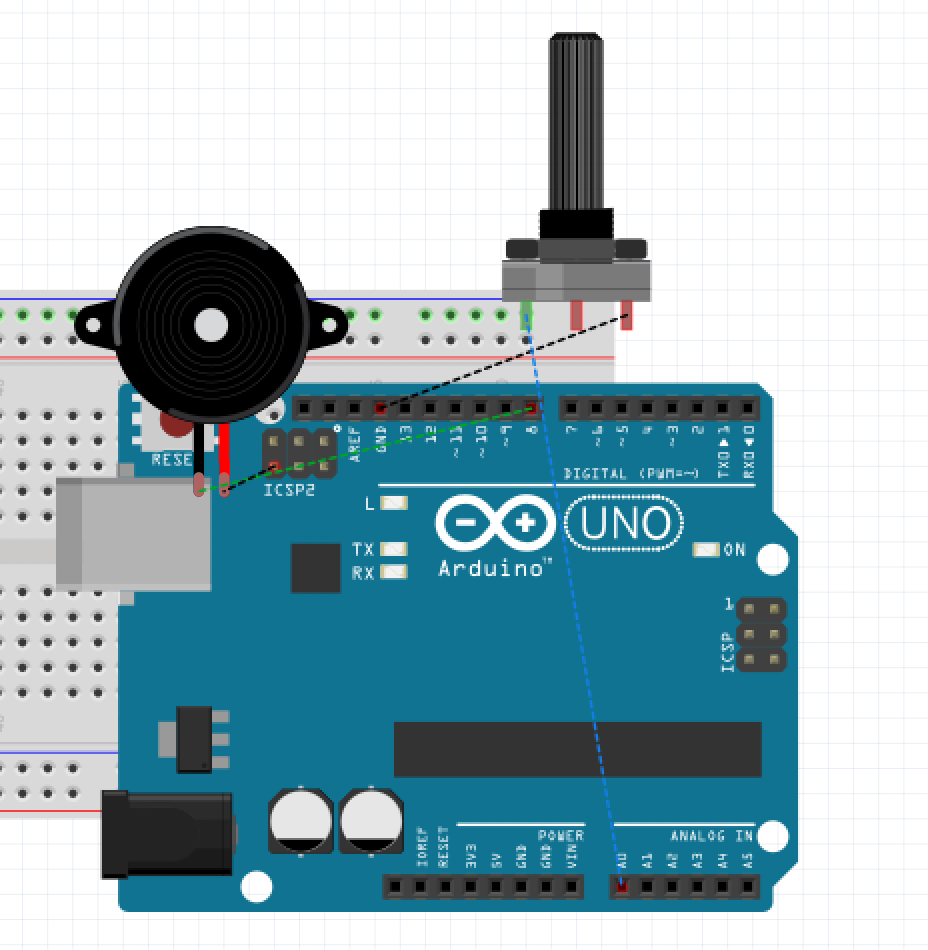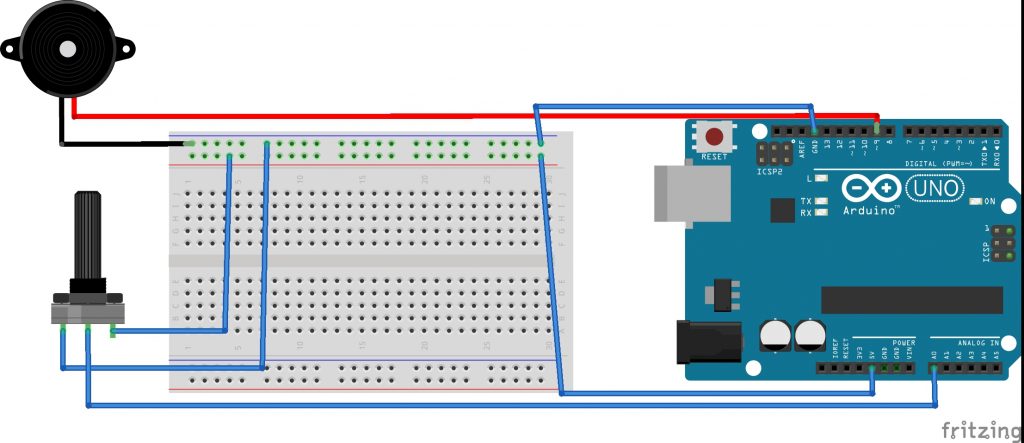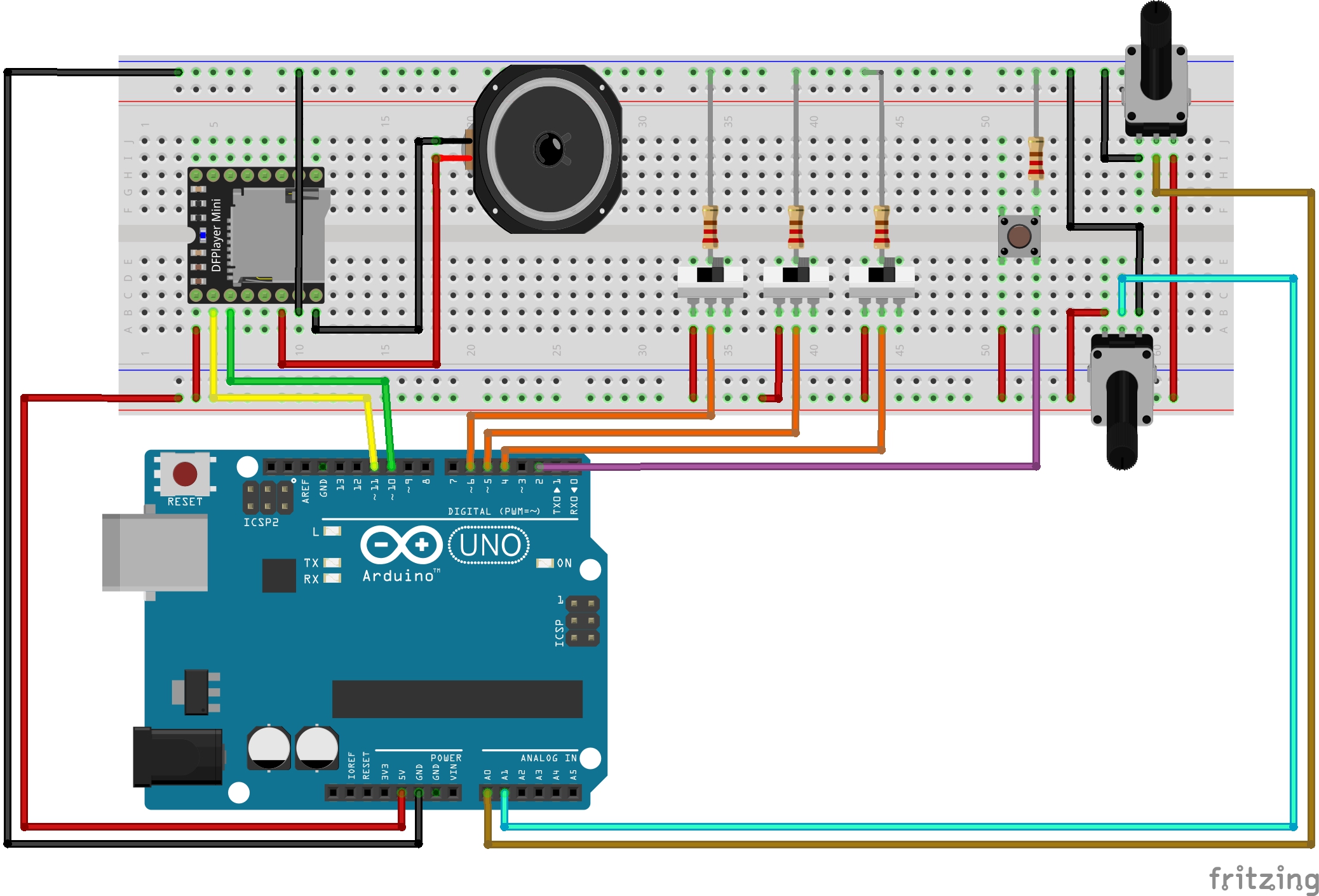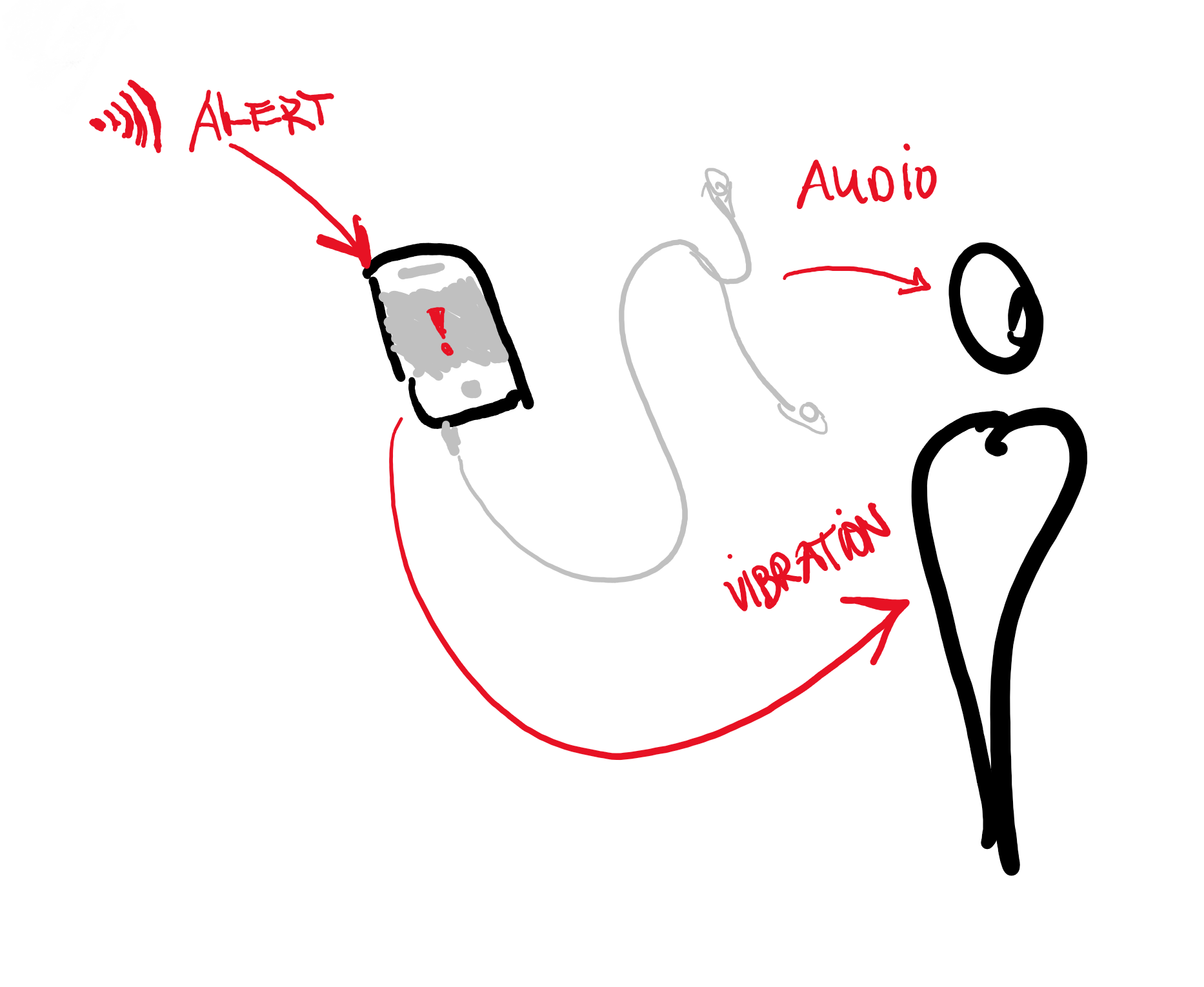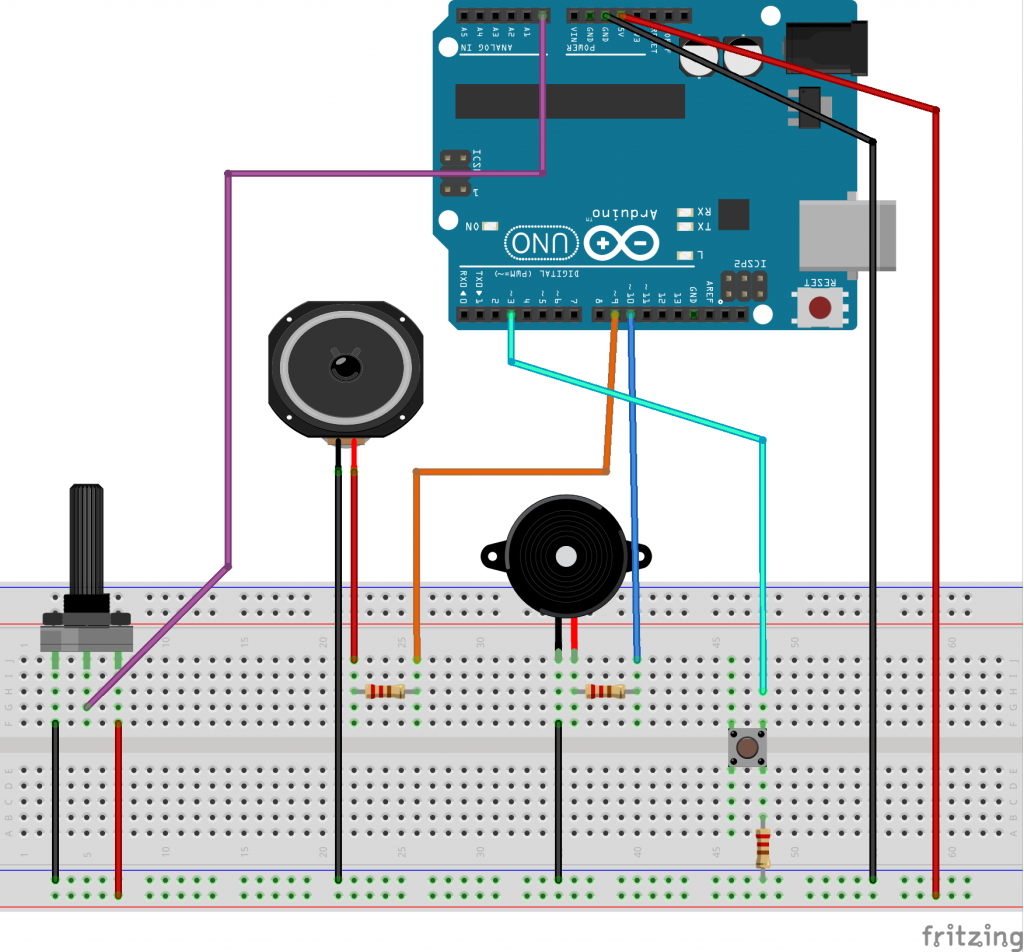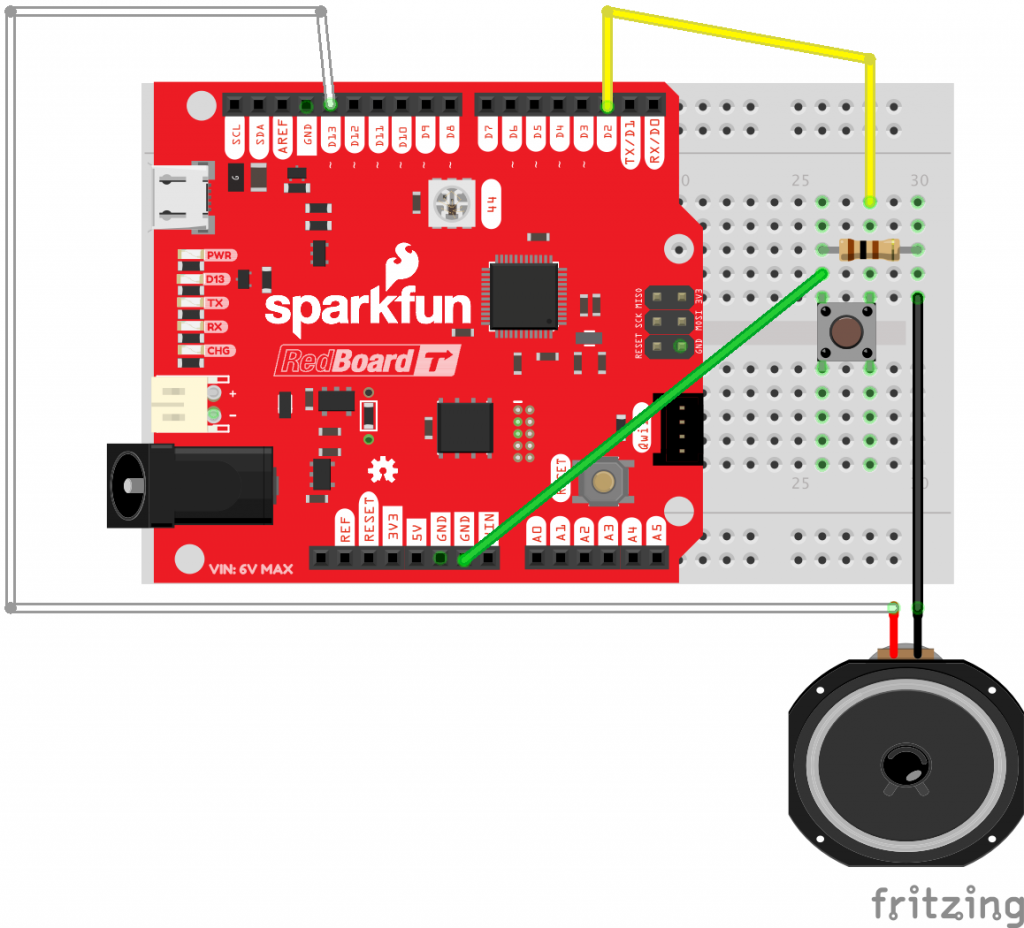Concept
Inspired by Jet’s examples of doorbells with physical chimes, and my last post about Ballet Mecanique, I wanted to make something both percussive and tonal that responded to a digital event stream. I thought it would be fun to reproduce something like the chimes used in theaters to signal the end of intermission, but have it triggered by my Google Calendar rather than an usher.
To accomplish this I made a python program based heavily on the quickstart offered by the Google Calendar API, which checks the time until the next meeting on my calendar, and when that meeting is a certain number of minutes away, it plays a chime to indicate the amount of time remaining (5, 4, 1, or 0 minutes were chosen arbitrarily).
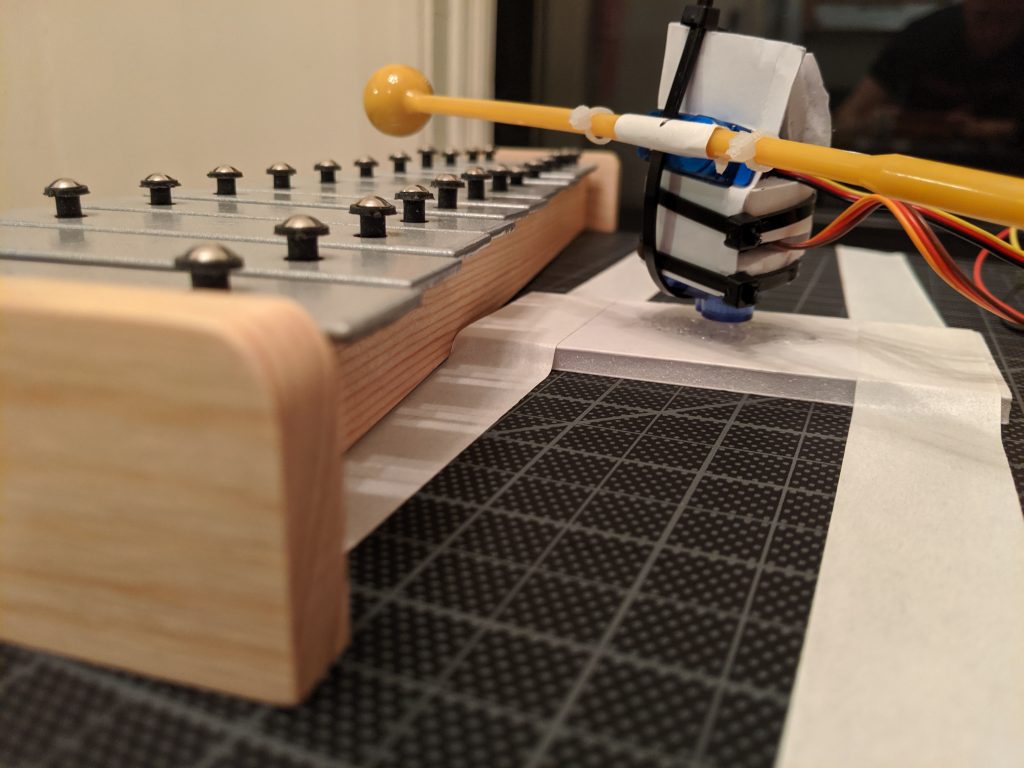
Demo
Tech Stuff
The only hardware used is a pair of servo motors, and the Sparkfun board connected to the laptop (for serial and power connectivity). When the board is sent a character corresponding to a note (A, B, C, D, E, or F… G was too far), it first rotates the base to the appropriate angle to line up the mallet with the note, and then the other motor strikes the note. This allows the Python program to dictate the note sequence as a simple string of characters, and does not require reprogramming the microcontroller to make new chimes.
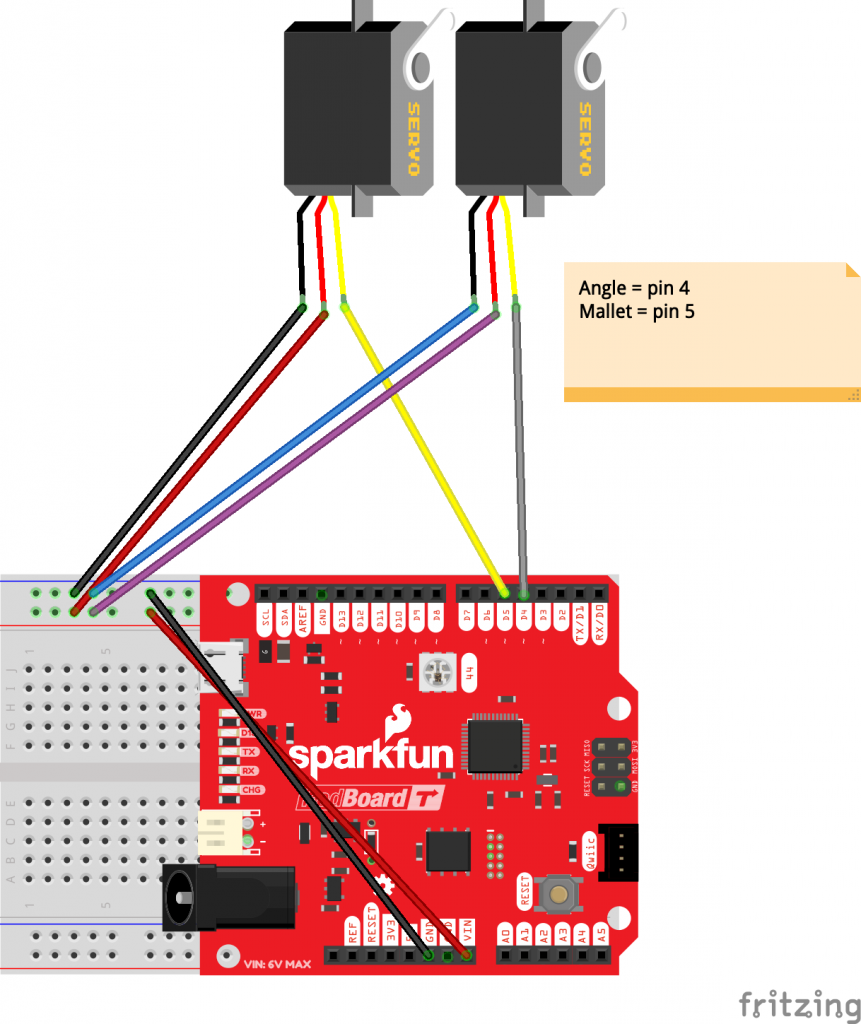
code: netChime.zip
